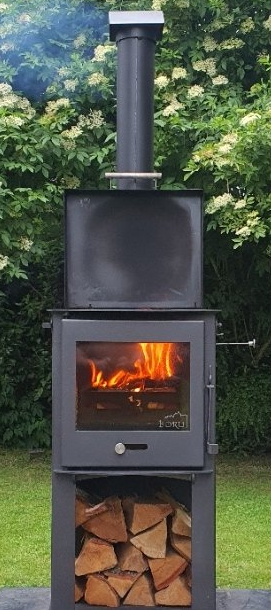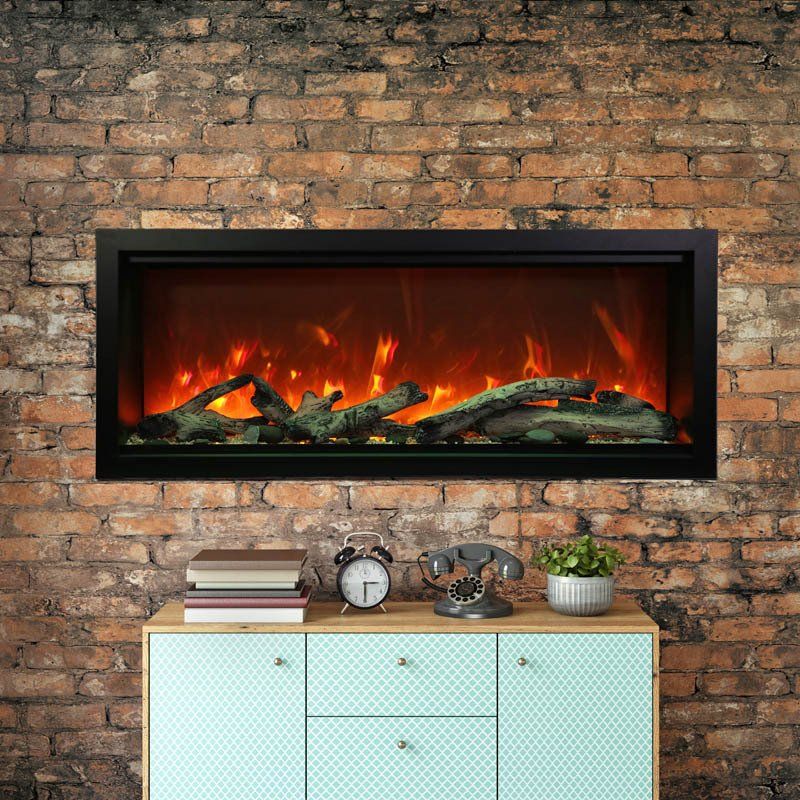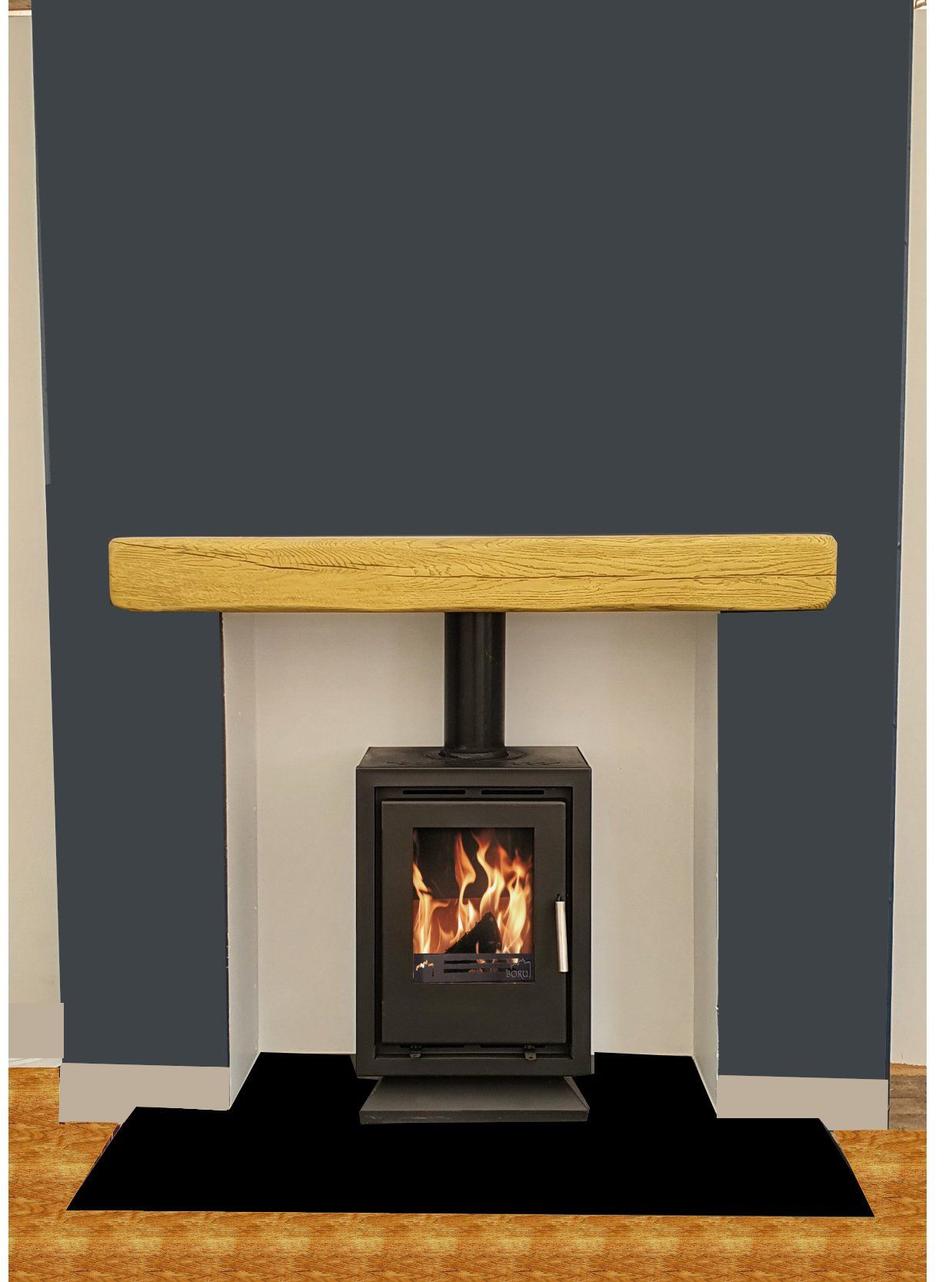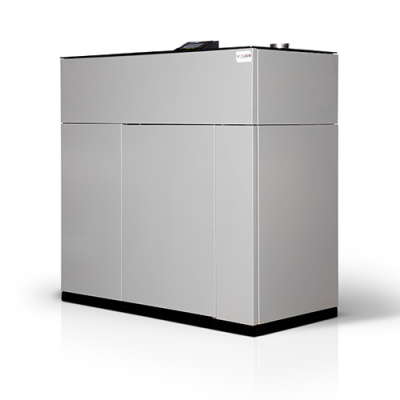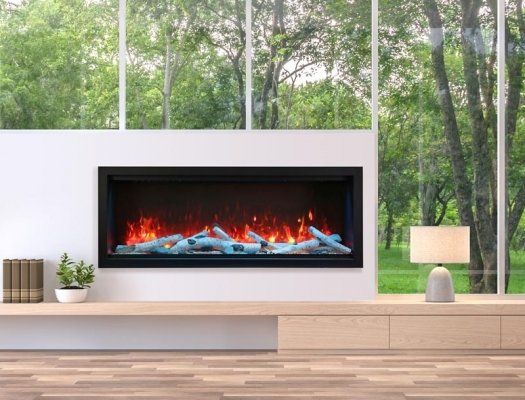How to Fit an Inset Stove?

Inset stoves are an elegant and efficient way to bring warmth and comfort into your home. Whether you're considering a wood-burning, gas, or electric inset stove, the key to enjoying their benefits lies in proper installation. In this comprehensive guide, we will walk you through the process of fitting an inset stove, ensuring that you can make the most of this heating solution while prioritizing safety and environmental responsibility.
Types of Inset Stoves
Before delving into the installation process, it's essential to understand the various types of inset stoves available. Each type has its unique features, advantages, and disadvantages.
Wood-Burning Inset Stoves: These offer the authentic charm of a real fire. They provide excellent heat output and create a cozy ambiance. However, they require regular loading with wood and cleaning of ash.
Gas Inset Stoves: Gas inset stoves are convenient and easy to use. They offer precise temperature control and can be operated with the flip of a switch or remote control. They're a low-maintenance option but require a gas line connection.
Electric Inset Stoves: Electric inset stoves are hassle-free, with no need for fuel or venting. They are energy-efficient and can mimic the appearance of a real fire using LED technology. However, they may not produce as much heat as wood or gas stoves.
Understanding the different types will help you make an informed decision on the most suitable inset stove for your needs.
Planning and Preparation
Assessing the Installation Location: Measure the available space where you intend to install the inset stove. Ensure there is enough clearance from combustible materials and proper ventilation to prevent overheating and ensure safety.
Gathering Necessary Tools and Materials: Before you begin installation, collect the essential tools and materials required. These include a tape measure, level, drill, screws, chimney liner (if applicable), and any additional components specified in your stove's manual.
Safety Precautions
Safety should always be a top priority during the installation process. Inset stove installation involves handling flammable materials and potentially hazardous connections.
Importance of Safety: Emphasize the importance of following safety guidelines to prevent accidents, fires, or carbon monoxide leaks.
Common Safety Hazards: Discuss common hazards such as improper ventilation, gas leaks (for gas stoves), and electrical issues (for electric stoves). Explain how to identify and mitigate these risks.
Use of Personal Protective Equipment (PPE): Stress the need for wearing appropriate safety gear, including gloves and safety glasses, when handling tools and materials.
Installation Steps
Now, let's explore the actual steps involved in fitting an inset stove:
Clearing the Installation Area: Remove any furniture, rugs, or other obstacles from the installation area to ensure a clear workspace.
Preparing the Hearth or Base: Depending on your stove type, prepare the hearth or base. Wood-burning stoves may require a non-combustible hearth, while electric or gas stoves may only need a level surface. Ensure proper insulation and fire protection.
Positioning the Inset Stove: Carefully position the stove on the hearth or base, following the manufacturer's guidelines for placement.
Connecting to the Chimney or Flue: If you have a wood-burning or gas inset stove, ensure a proper connection to the chimney or flue. Discuss the various types of flue systems and provide guidelines for their installation.
Gas and Electric Inset Stoves: For gas stoves, explain how to connect the gas line (if applicable) safely. For electric stoves, discuss electrical wiring and associated safety considerations.
Sealing and Insulation: Properly seal and insulate any gaps between the stove and the wall to prevent drafts and heat loss.
Final Safety Checks: Perform a series of safety checks, including leak tests for gas stoves and electrical system inspections for electric stoves, to ensure everything is secure and in working order.
Ventilation and Airflow
Adequate ventilation is crucial for the efficient and safe operation of your inset stove. Discuss how to ensure proper airflow in different installation scenarios, emphasizing the importance of maintaining a clear path for combustion air.
Compliance with Building Regulations
Highlight the importance of complying with local building codes and regulations. Mention the necessity of obtaining permits and scheduling inspections to ensure that the installation meets safety and environmental standards.
Maintenance and Care
In the section on maintenance and care, discuss the importance of regular cleaning and maintenance routines to keep your inset stove operating efficiently. Provide troubleshooting tips for common issues and advise readers on how to extend the stove's lifespan.
Energy Efficiency and Environmental Considerations
Explain how to use your inset stove efficiently to maximize its heat output while minimizing fuel consumption. Discuss the environmental impact of inset stoves and provide tips on reducing your carbon footprint by using sustainable fuels or considering alternative heating options.
Conclusion
In conclusion, fitting an inset stove can be a rewarding project that adds warmth and charm to your home. However, it's essential to prioritize safety, adhere to regulations, and maintain your stove properly. Whether you choose a wood-burning, gas, or electric inset stove, following the guidelines in this comprehensive guide will help you enjoy the benefits of a well-fitted stove while being environmentally responsible. Remember, if you're unsure about any aspect of the installation, it's always wise to consult a certified professional for assistance.



